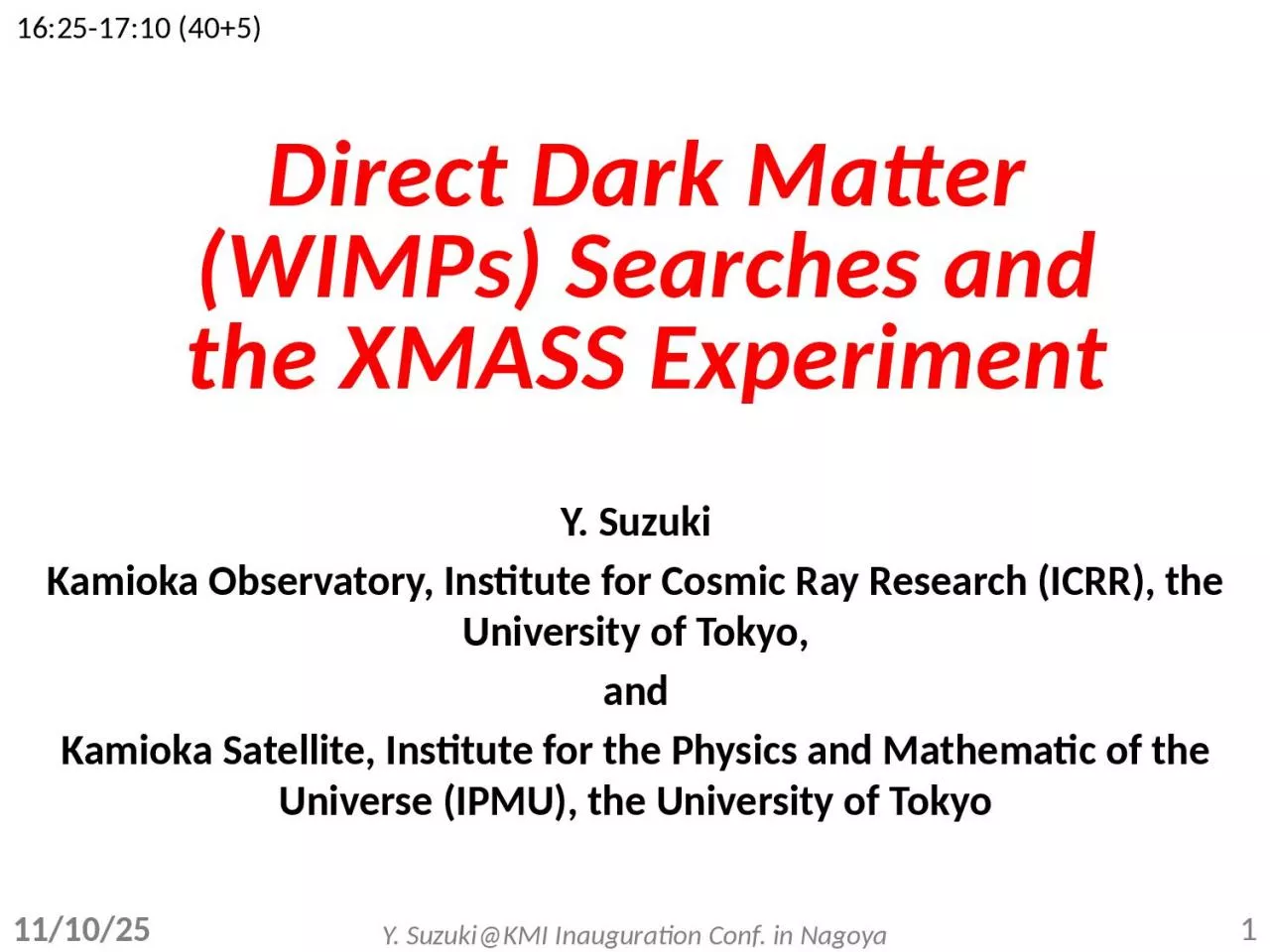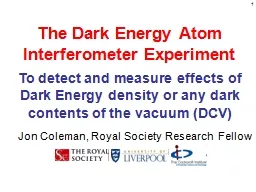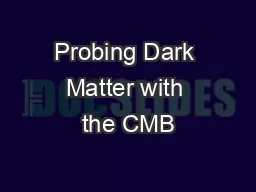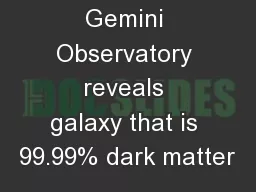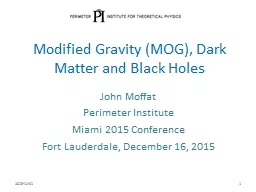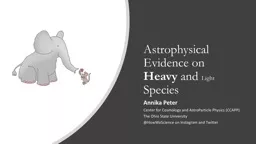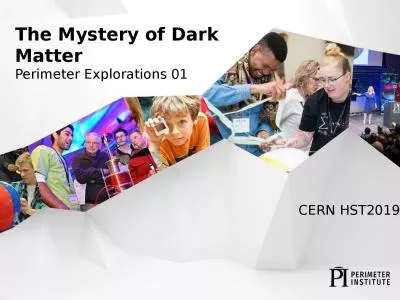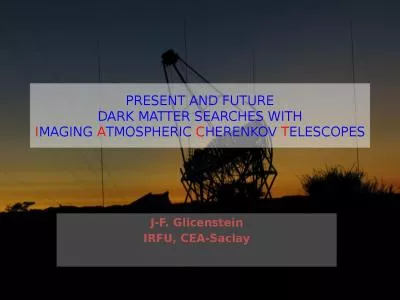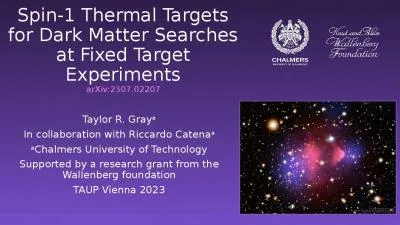PPT-Direct Dark Matter (WIMPs) Searches and the XMASS Experiment
Author : envrrolex | Published Date : 2020-08-28
S earches and the XMASS Experiment Y Suzuki Kamioka Observatory Institute for Cosmic Ray Research ICRR the University of Tokyo a nd Kamioka Satellite Institute for
Presentation Embed Code
Download Presentation
Download Presentation The PPT/PDF document "Direct Dark Matter (WIMPs) Searches and ..." is the property of its rightful owner. Permission is granted to download and print the materials on this website for personal, non-commercial use only, and to display it on your personal computer provided you do not modify the materials and that you retain all copyright notices contained in the materials. By downloading content from our website, you accept the terms of this agreement.
Direct Dark Matter (WIMPs) Searches and the XMASS Experiment: Transcript
Download Rules Of Document
"Direct Dark Matter (WIMPs) Searches and the XMASS Experiment"The content belongs to its owner. You may download and print it for personal use, without modification, and keep all copyright notices. By downloading, you agree to these terms.
Related Documents

